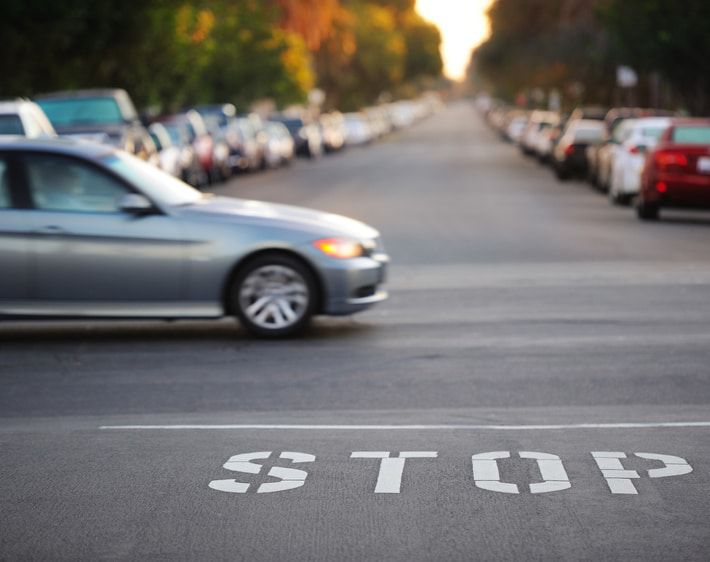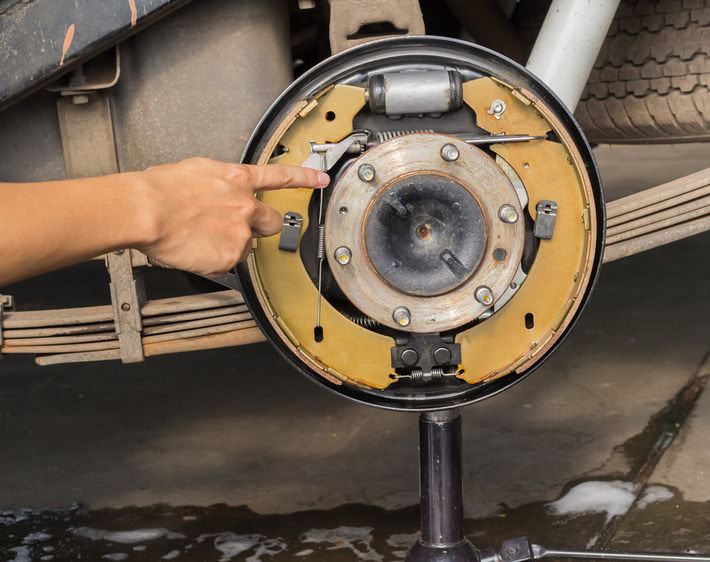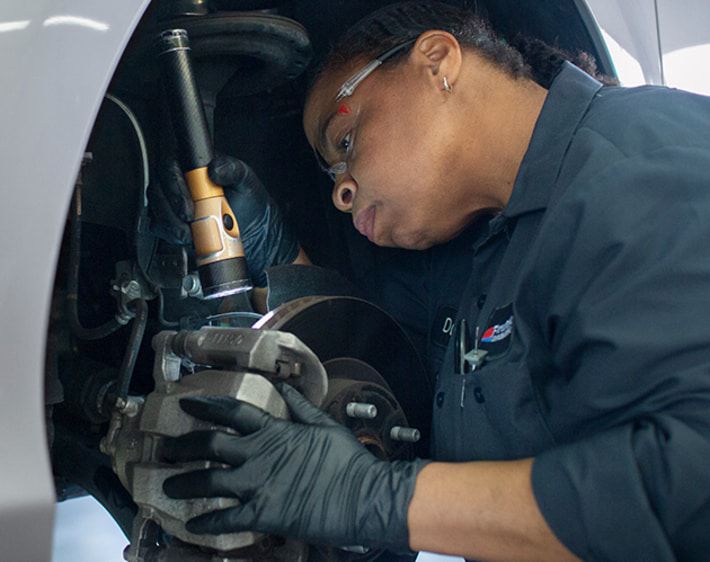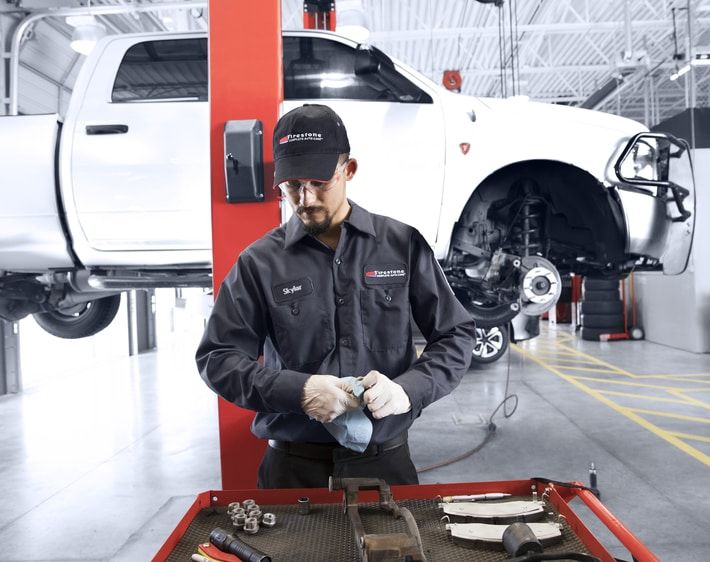There's something so satisfying about a nice smooth brake — and we're not talking about that feeling you get when you snap your take-out chopsticks into two even pieces. There are many benefits to mastering the art of braking smoothly in your car. Some of these benefits you may feel right away, while others you may experience when your mechanic notes how good your brakes are looking! Check out these easy steps on how you can help your vehicle brake smoothly when driving.
What Does It Mean to Brake Smoothly?
Before we cover smooth-braking basics, it's important to define what it means to brake smoothly. Though the definition may be up for interpretation, we believe smooth braking means coming to a safe and complete stop without the car lurching forward or the brakes slipping, shaking, or grinding.
How to Brake Smoothly
Helping your car brake smoothly is a fairly simple practice. And once you know which techniques help smooth the transition between accelerating and braking, you'll be a smooth braker in no time!
1. Watch your speed.
Speeding can be a major contributor to rough braking. The faster your vehicle is moving, the more force it takes to bring it to a complete stop. For instance, flying up to a stop sign probably isn't the best way to practice good smooth-braking habits. Pay attention to marked speed limits — contrary to popular belief, they aren’t set arbitrarily, but calculated by taking into account a road’s crash risk, visibility, conditions, and more, says the Federal Highway Administration.
2. Remember the size of your vehicle.
When it comes to smooth braking, size matters. Larger vehicles require more force to stop, while smaller vehicles take less. Take approaching a stop sign, for instance. If you drive a large SUV or truck, you may find that braking earlier makes it easier to roll to a complete and smooth stop. On the other hand, if you drive a sedan or coupe you may not need to start braking till you're a couple car-lengths away.
3. Consider stopping distance when braking.
Stopping or braking distance is how far your car moves after you start braking. Factors such as the size, weight, and speed of the vehicle contribute to its stopping distance. However, additional factors — such as the time it takes the driver to apply the brakes, road conditions, worn shocks and struts, worn tires, and condition of the vehicle's brakes — can tack on a lot of extra feet to your stopping distance. Always consider these factors when braking to allow your car the time and space to come to a smooth stop.
4. Don't slam the brakes.
The fourth and perhaps most important thing to consider when trying to brake smoothly is to not slam on the brakes! Braking too hard can not only roughen up your braking experience, it can also wear out your brake pads quicker. In turn, worn out brake pads can cause grinding, shaking, or squealing when braking — none of which offer a smooth braking experience!
The Benefits to Smooth Braking
There are more benefits to braking smoothly than just the satisfaction of a smooth stop. Practicing smooth braking habits can help decrease the strain on your vehicle. After all, forcing a two-ton vehicle to a complete stop is no easy feat!
Maintaining a proper speed for your vehicle type, giving yourself adequate distance to stop, and not slamming the brakes can help keep your brake system running as it should for longer. Additionally, it’s a good idea to have your brakes, tires, and suspension systems inspected regularly to catch any minor issues before they turn into major problems!
Smooth Out Your Brake Problems
Even the best of drivers can't brake smoothly on bad brakes! If your brakes are not stopping smoothly no matter how gently you push that brake pedal, then it's time to have them checked out. At Firestone Complete Auto Care, we'll take a look at your braking system to make sure everything is as it should be. And if it's not, we’ll make recommendations to get your brakes up to speed! Schedule an appointment online or head to your nearest Firestone Complete Auto Care for brake services today.



